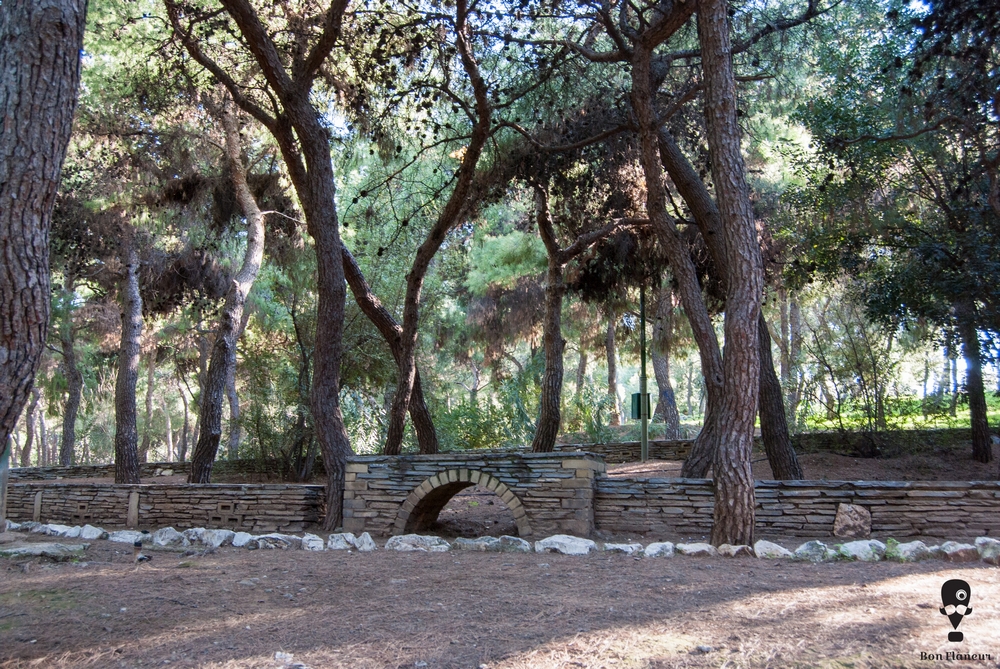Ilissia Park
Ilissia Park is a natural landscape with limited architectural interference.
Location
Timeline
Modern and Contemporary era (1821 - )
1909 Queen Sophia organized the reforestation of the area.
1971 Granted to the Municipality of Athens by the Athens Forest Service.




Share